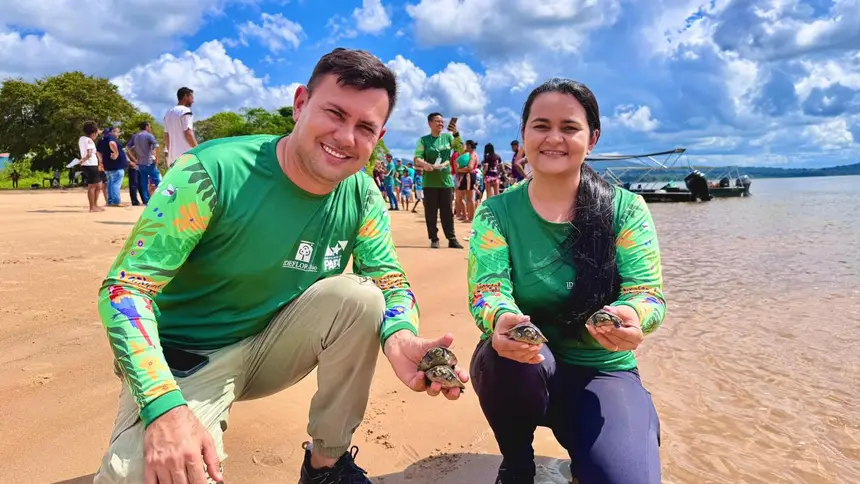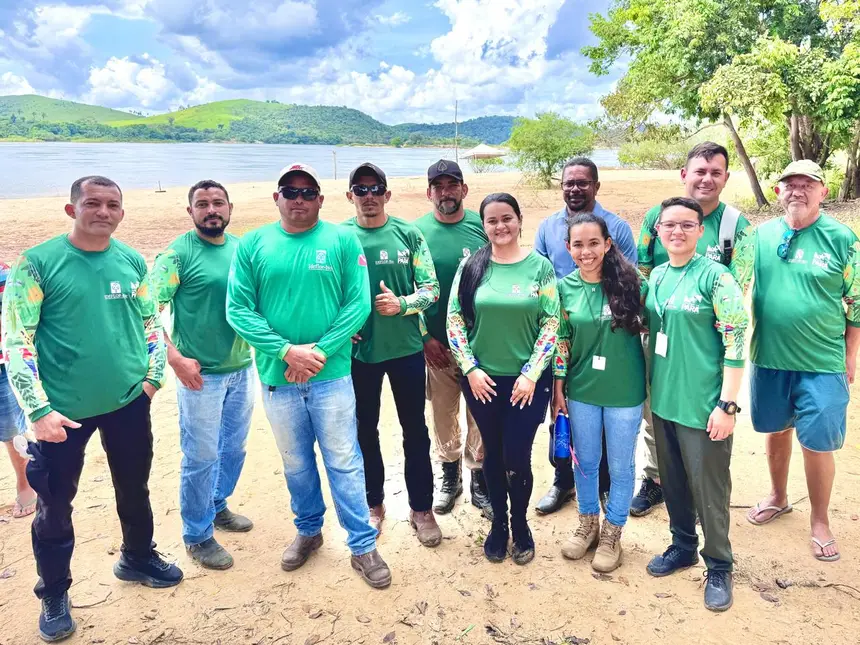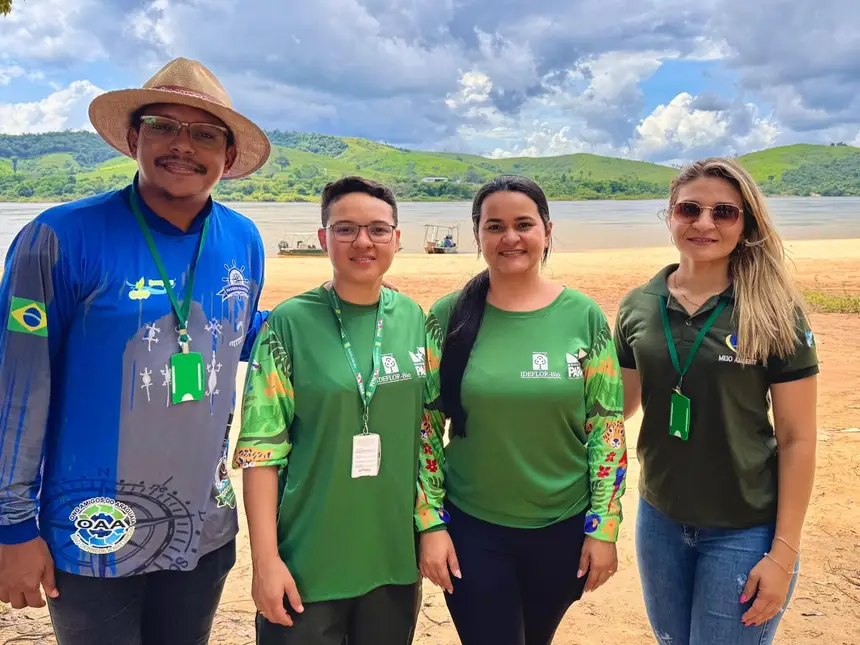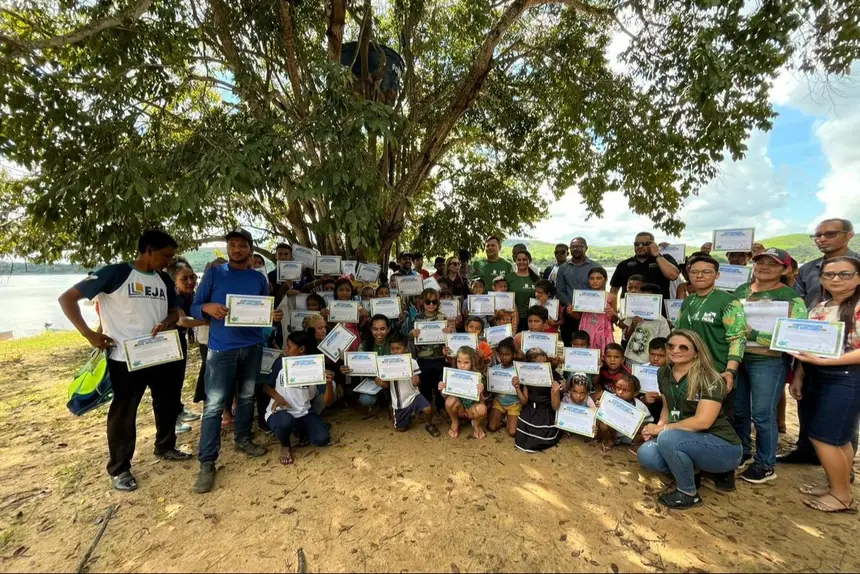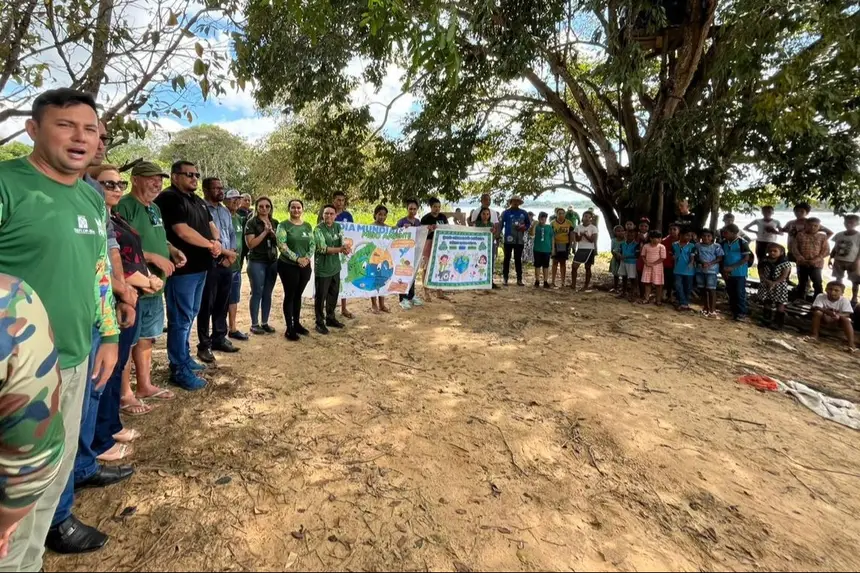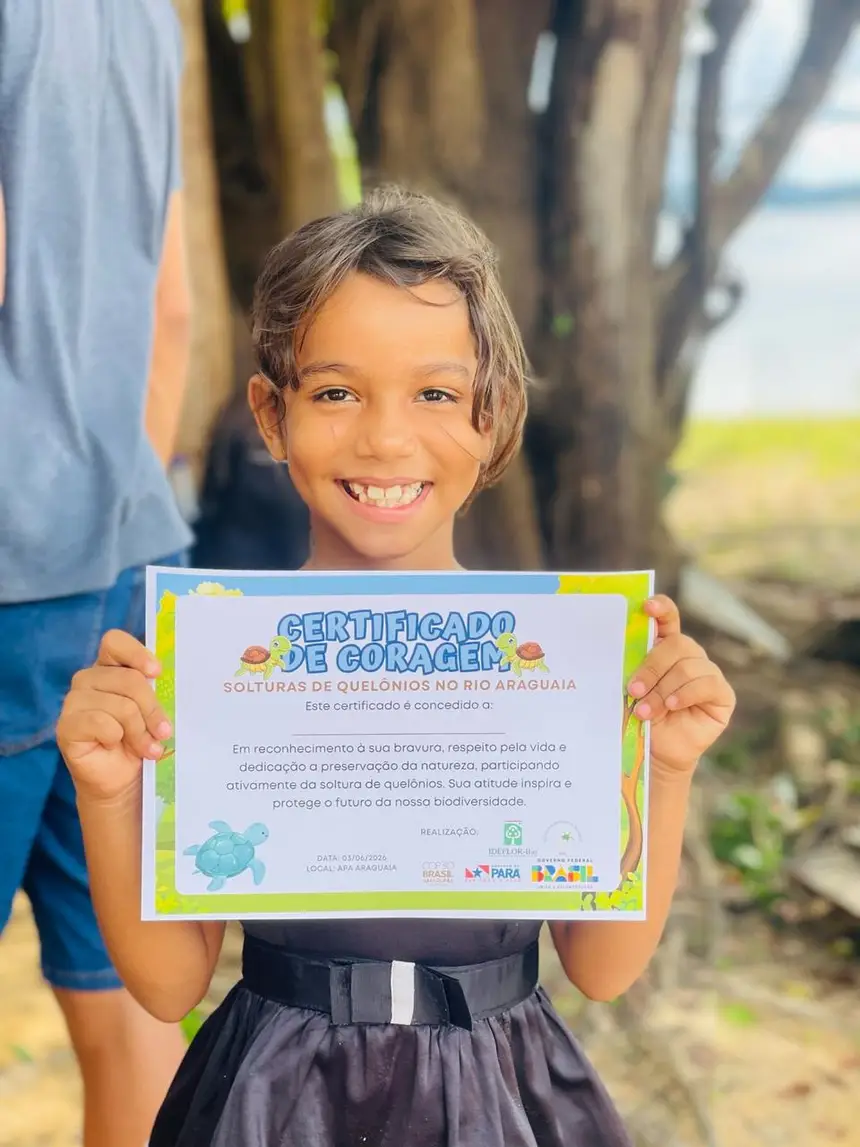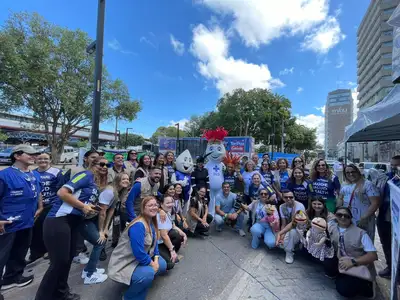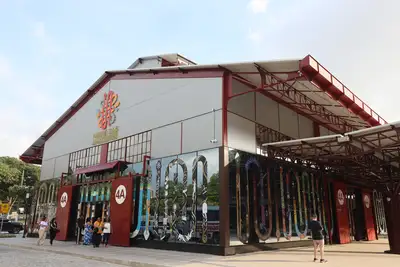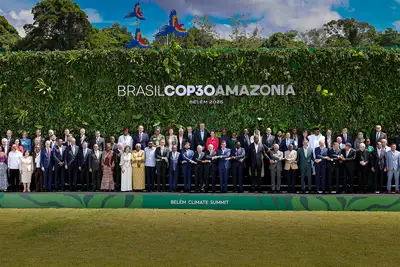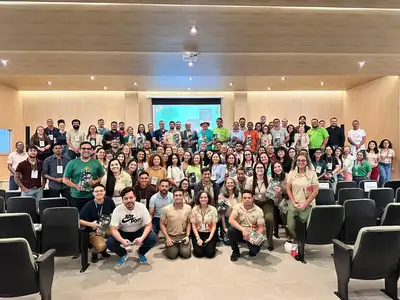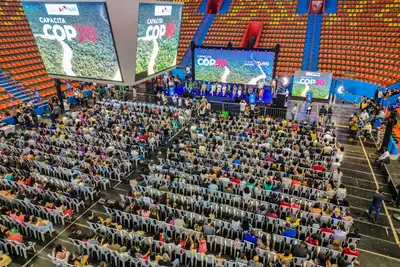Release of 3,000 turtles in São Geraldo do Araguaia celebrates the environment and wildlife
The action aimed to reinforce the importance of conserving Amazonian aquatic fauna
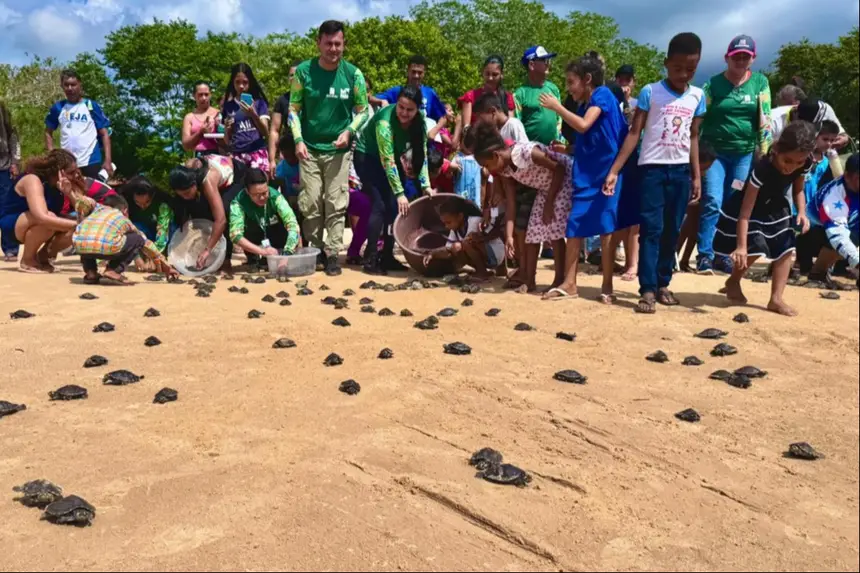
The Araguaia River was the stage for a major mobilization in favor of preserving Amazonian aquatic fauna. More than 3,000 turtles — including Amazon river turtles and tracajás — were returned to nature last Tuesday (3), in an action coordinated by the Institute for Forest Development and Biodiversity of Pará (Ideflor-Bio), in partnership with the Xambioá Environmental Institute (IAX).
The initiative was supported by the Public Ministry of Pará (MPPA), the companies Calmap and Masterboi, the Nativos da Serra Group, and the municipalities of São Geraldo do Araguaia (PA) and Xambioá (TO). The activity was part of the commemorative agenda for World Turtle Day (May 23) and World Environment Day (June 5), to draw attention to the conservation of Amazonian aquatic fauna and actively engage the local community.
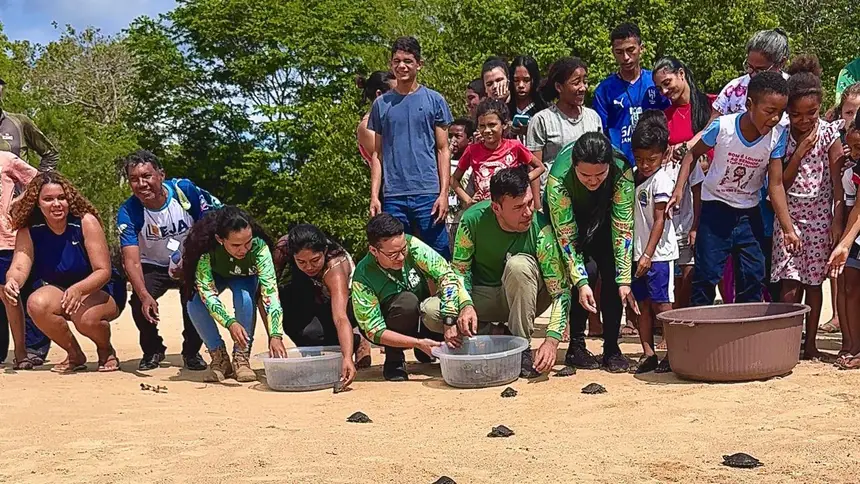
Students from the Pedro Gomes da Silva, Wildenberg de Assis, and Dom Pedro II schools participated in the action, along with residents from the riverside communities of Vila Santa Cruz, Vila Sucupira, and Vila Ilha de Campo, in Pará. On the Tocantins side, in Xambioá, students from the Rui Barbosa and Eurico Mota schools were present.
For the president of Ideflor-Bio, Nilson Pinto, the initiative is an example of the strength of collective action among different sectors of society.
“When everyone comes together for nature, the results exceed expectations and create sustainable pathways for the future,” he emphasized.
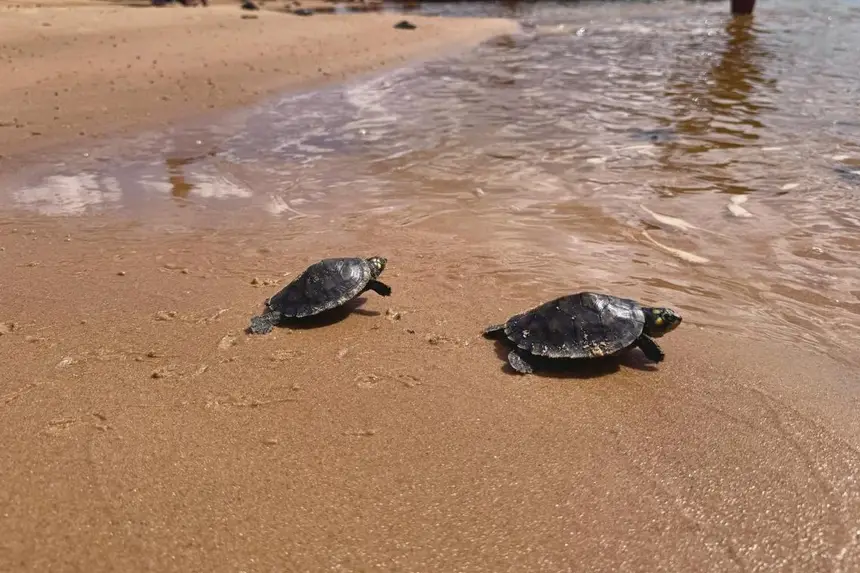
Environmental education and community engagement
The release of the turtles had a strong educational character, mobilizing children, youth, and educators in a practical experience about environmental preservation. The presence of local communities made the event even more symbolic and transformative.
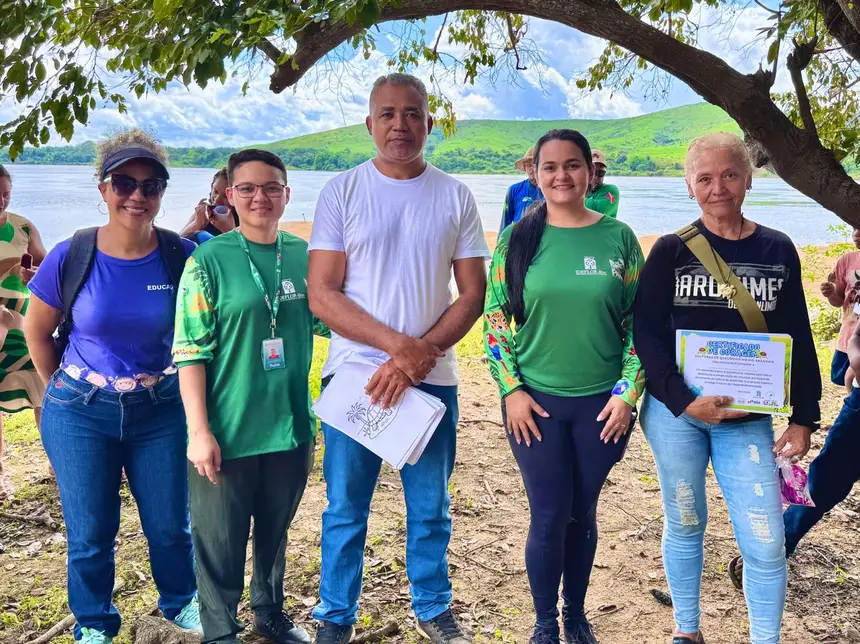
“The release of the turtles is more than a symbolic gesture; it is the result of continuous conservation and environmental awareness work that involves many hands. Seeing the community, especially the children, participating in this moment gives us hope that we are cultivating a new generation committed to nature,” said Laís Mercedes, manager of the Araguaia Administrative Region of Ideflor-Bio.
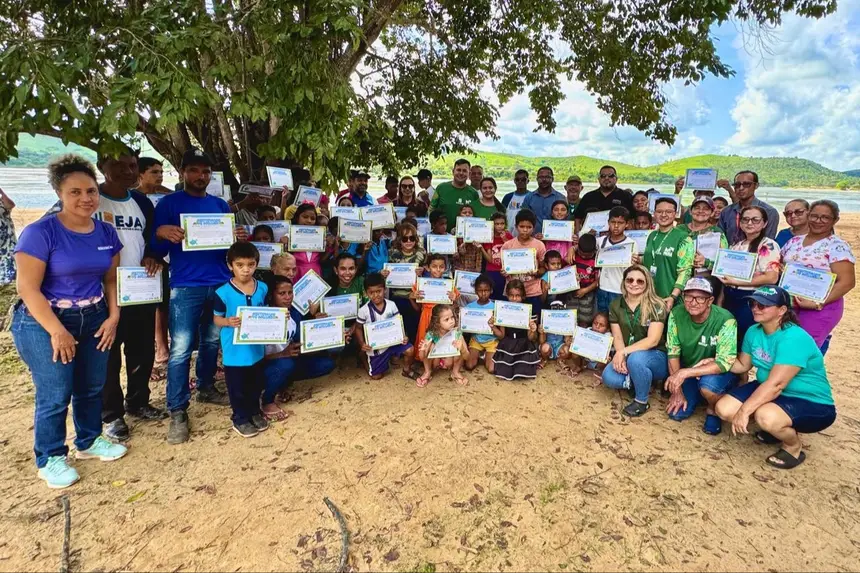
Commitment to biodiversity
The release is part of a continuous program for the population recovery of threatened species, such as Amazon river turtles and tracajás, which suffer from illegal hunting and habitat destruction. The symbolic act represents a concrete step in the fight for the conservation of the region's biodiversity.
“This action shows that when we unite efforts between the public power, civil society, the private sector, and local communities, we can promote real transformations in the protection of biodiversity. Each turtle returned to the river represents a collective victory for life,” added Laís Mercedes.

The initiative reinforces the fundamental role of environmental education and the articulation among different social agents in the preservation of Amazonian ecosystems — especially in the face of the growing challenges posed by climate change and human pressure on the region's rivers and forests.
Text: Pablo Allves (Ascom/Ideflor-Bio)


